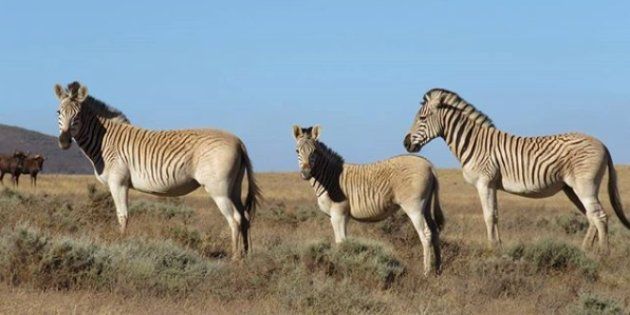
It's been 134 years since the last quagga died in an Amsterdam zoo, but fast-forward to 2017 and, amazingly, you'll now find 25 third-generation quagga roaming South Africa -- a bioengineering feat managed for the first time in the history of the planet.
The story of the quagga's revival is extraordinary. A subspecies of the plains zebra, quaggas look a lot like ordinary zebras, but they have fewer stripes that peter out around their hindquarters, and a dustier brown coat. Once seen in huge numbers across the Karoo, they were shot into extinction in the wild by 1878, and by 1883 had died out in captivity too.
Cape Town's Quagga Project has been working to re-introduce the species since 1983, after founder Reinhold Rau first discovered a link to the past. Rau was working as a taxidermist at the time, and while mounting a quagga skin, he uncovered fatty tissue that could be used to uncover the quagga's DNA.
After years of tests, working with researchers around the world, Rau determined that the quagga was actually a subspecies of zebra, not a different species, as had been assumed for centuries.
Effectively, what this meant for the Quagga Project was that the quagga could be revived by means of selective breeding. Different animals were chosen with varying aspects of the quagga's coat colour and striping patterns, and they were interbred to recreate the quagga subspecies.
This time round, however, it's called the Rau quagga, in honour of Reinhold Rau.
For over a century, all that remained of the quagga was 25 skins and seven skeletons. Today, thanks to science meeting a passion for conservation, a fourth generation of quaggas is on the way.
"The eventual aim is to release these animals into a national reserve in Western Cape (free, of course, of other plains zebra, to avoid interbreeding), enabling the visiting public to see a rendering of the zebra that the original occupants and settlers of the region would have encountered some hundreds of years ago, back in their original setting," the Quagga Project says on its website.
